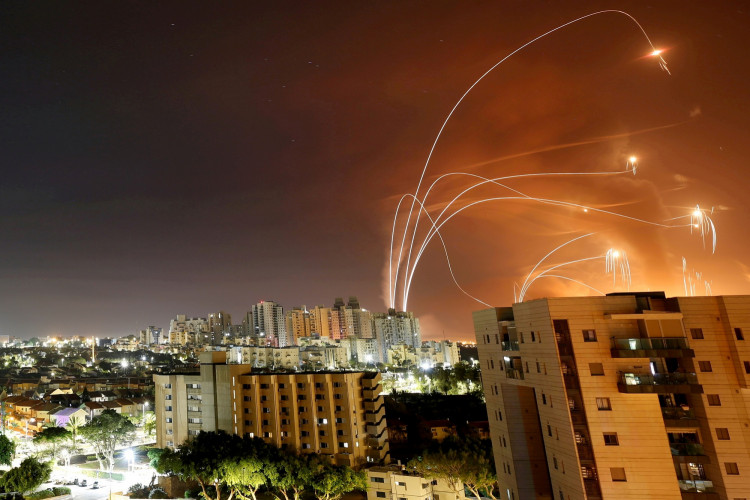The Israeli military has significantly intensified its offensive in the densely populated southern region of the Gaza Strip, following the collapse of a week-long truce with Hamas. This escalation has led to a marked increase in the death toll and has spurred evacuations, despite urgent calls from the United States and other nations for Israel to enhance its measures to protect civilians.
Since the resumption of hostilities on Friday, at least 200 Palestinians have been killed, as reported by the Health Ministry in Gaza. Several homes across Gaza have been targeted, including a multi-story building on the outskirts of Gaza City that was completely destroyed, resulting in multiple casualties.
The overall death toll in Gaza since the outbreak of the conflict on October 7 now exceeds 15,200, a significant rise from the count of over 13,300 reported on November 20. The Health Ministry has noted that 70% of the casualties are women and children, and over 40,000 individuals have sustained injuries since the war's onset.
In response to the crisis, Israel has conducted over 400 strikes against Hamas targets throughout Gaza, with a concentrated focus on the city of Khan Younis and its surrounding areas in southern Gaza. Among the casualties were at least nine individuals, including three children, who perished in a strike on a residence in Deir al-Balah, a city in the south.
Further north, in the Jabaliya refugee camp near Gaza City, an airstrike demolished a building housing displaced families, resulting in a substantial number of deaths and injuries. This attack was confirmed by the Israeli military, which also acknowledged its operations in Jabaliya and the destruction of Hamas tunnels in the vicinity.
Additionally, a potent strike targeted Hamad City, a housing development on the outskirts of Khan Younis, enveloping the area in dense smoke. Details regarding casualties from this incident remain unclear.
In a countermove, Palestinian militant groups in Gaza have launched over 250 rockets towards southern Israel, though there have been no immediate reports of significant damage or injuries.
The likelihood of future cease-fires appears dim. Israel has withdrawn its negotiators, and Hamas' deputy leader, Saleh Arouri, has stated that any further prisoner exchanges will occur only after the conflict's conclusion. He further clarified that the remaining hostages are predominantly men who have served in the Israeli army.
In the midst of this escalation, the Israeli military has issued online maps dividing the Gaza Strip into numerous sections, urging residents to familiarize themselves with the designated areas in anticipation of evacuation orders. This strategy has caused widespread panic and confusion, particularly in the crowded southern region. With northern Gaza and neighboring Egypt not viable options, residents are compelled to move within the already congested 220-square-kilometer territory.
The international community, including U.S. Vice President Kamala Harris, has voiced concerns over the situation. During her visit to Dubai for the COP28 climate conference, Harris emphasized that the United States would not allow the forced relocation of Palestinians from Gaza or the West Bank, the besiegement of Gaza, or any redrawing of its borders. Harris also highlighted the necessity of centering Palestinian voices in future planning for Gaza, underscoring the Biden administration's commitment to a two-state solution.
The conflict has reignited concerns for the 136 hostages still held by Hamas and other militant groups, after 105 were freed during the previous truce. A 70-year-old woman, one of the hostages held by Hamas, was recently declared dead, bringing the known death toll among hostages to eight.
The renewed hostilities and the immense human cost underscore the urgency of finding a resolution to the ongoing crisis in the Gaza Strip.






